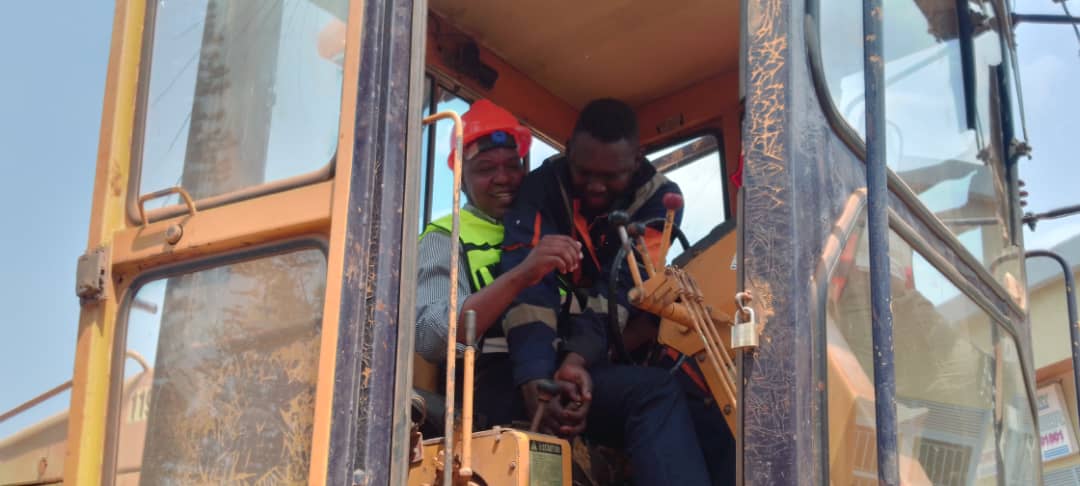 Residents of Nyarugunga sector have officially unveiled a plan to construct community-funded neighborhood roads as part of citizens’ contribution to the government of Rwanda’s efforts to connect communities.
Residents of Nyarugunga sector have officially unveiled a plan to construct community-funded neighborhood roads as part of citizens’ contribution to the government of Rwanda’s efforts to connect communities.
The four-phase that will include a total 872 meter road network connects the community from and adjacent to the Rwanda Art Museum and Gate Hills estates in Mukoni, Uruhongore and Indatwa villages.
A total Rwf 258.5 million will be raised including 70% or Rwf 181 million by City of Kigali and the remaining 30% equivalent to Rwf 77.5 million by the community. At individual level any of the 151 households that will benefit directly will raise Rwf 300,500.
So far the four-phase project includes – phase one construction of the 570m community road – KK 106 ST- from the museum to Akagoroba (tarmac plus trench); phase two- with 302m road on KK 38 ST that extends to Uruhongore (tarmac plus trench).
The 3rd and 4th phases will be for the construction of pedestrian walkways and lighting up the streets on both tarmacked roads.
“By next week we will embark on phase two because we have managed to complete the first phase in a short time remaining with trenches and tarmacking,” said Edouard Barema Mudenge, the Chairman of the area road project committee.
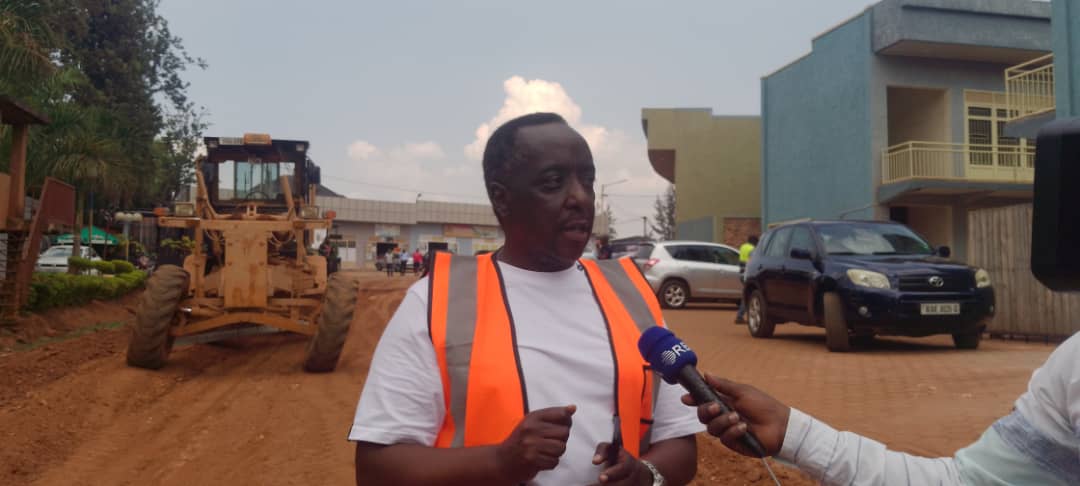
Edouard Barema Mudenge, the Chairman of the Nyarugunga community roads project
He said that, the community has already raised Rwf 39 million from their 30% stake.
The project was inaugurated on June 28 by Antoine Mutsinzi, the District Executive Administrator (DEA), Kicukiro District.
Mutsinzi said that the citizens’ contribution to this program is enormous as the district plans this year to construct 7Kms under the new subsidized neighborhood roads program.
“Many communities have applied for this support but have not met the requirement (of raising 30%) however the example of some communities like Nyarugunga will entice others to do likewise.”
Mudenge said that since the project covers a large part of the Rwanda Art Museum, they have asked for a significant contribution from the museum authorities (Museums of Rwanda).
“We have already expressed this need but the process of approval is long yet we need the museum as a partner to speed the process since it is a priority for the community,” Mudenge said.
Meanwhile, the planned 7km neighborhood roads in Kicukiro at large will cost Rwf1.5billion and according to Mutsinzi, a total of Rwf350million has been pooled to construct 5kms, especially in five sectors- Niboye, Kagarama, Kigarama, and Nyarugungu.
“Next year we will raise stakes to set a target of constructing a total 30Km per year because we see that citizens are very willing to contribute instead of waiting for a budgeted road which can take a long time,” Mutsinzi said.
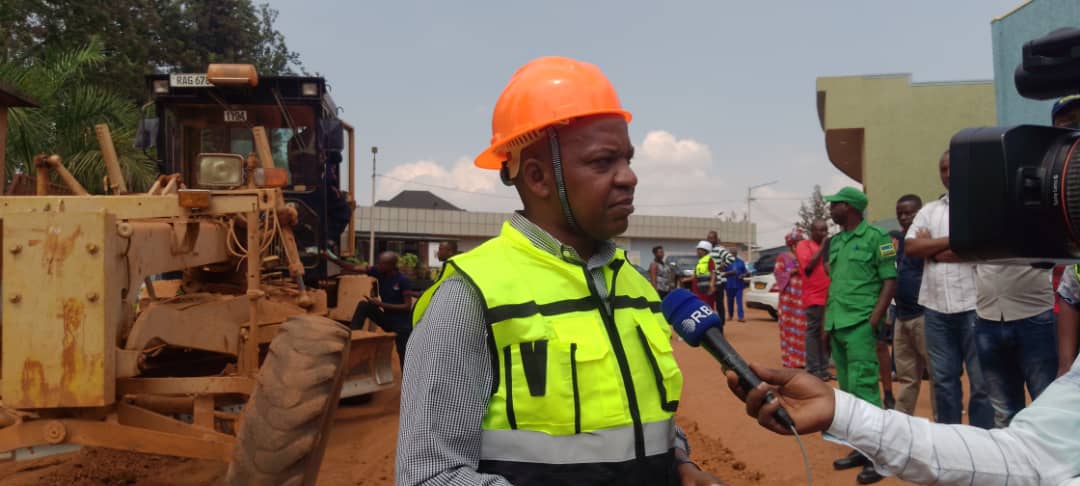
Antoine Mutsinzi, the District Executive Administrator (DEA), Kicukiro District
Nyarugunga sector residents say that the community road that connects three villages will enable transport services and human mobility in the area which is currently developing with new structures and businesses.
“This road has been impassable during the rainy season. So we discussed and agreed to contribute to constructing our own roads to have smart roads, people, and business in a smart settlement,” said Sofia Kagaba.
This is not the first time that residents of Kicukiro construct roads, without government funding but through community fundraising and pooling of funds.
In 2019, for example, Kicukiro residents in Kanombe and Nyarugunga sectors inaugurated two tarmac roads with 3.850 km constructed in Ubumwe and Beninka villages.
In the same year, they constructed a tarmac road for the demobilized handicapped soldiers living in Mukoni village, Kamashashi cell in Nyarugunga sector at Rwf7million. 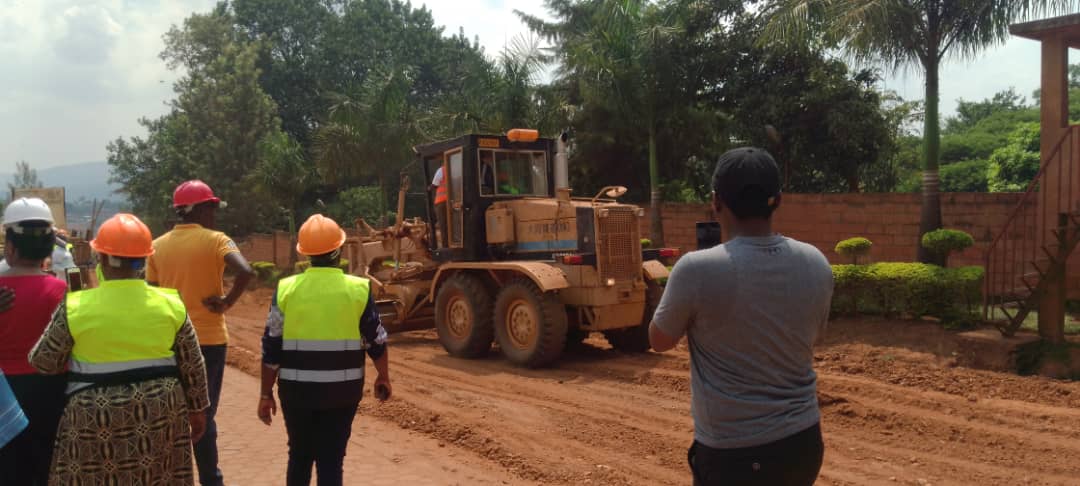 In 2021, Nyarugunga residents built roads that cost more than Rwf100 million in Runyonza and Amahoro villages in Rwimbogo cell, and during the inauguration of Gatare Cell offices in Niboyi Sector in Kicukiro District in March 2022, residents launched activities to construct an 870 meter road that will cost Rwf24.9million.
In 2021, Nyarugunga residents built roads that cost more than Rwf100 million in Runyonza and Amahoro villages in Rwimbogo cell, and during the inauguration of Gatare Cell offices in Niboyi Sector in Kicukiro District in March 2022, residents launched activities to construct an 870 meter road that will cost Rwf24.9million.
Other community roads have been constructed in Gahanga Sector, Gahanga Cell in Rwintanka village worth Rwf700million.
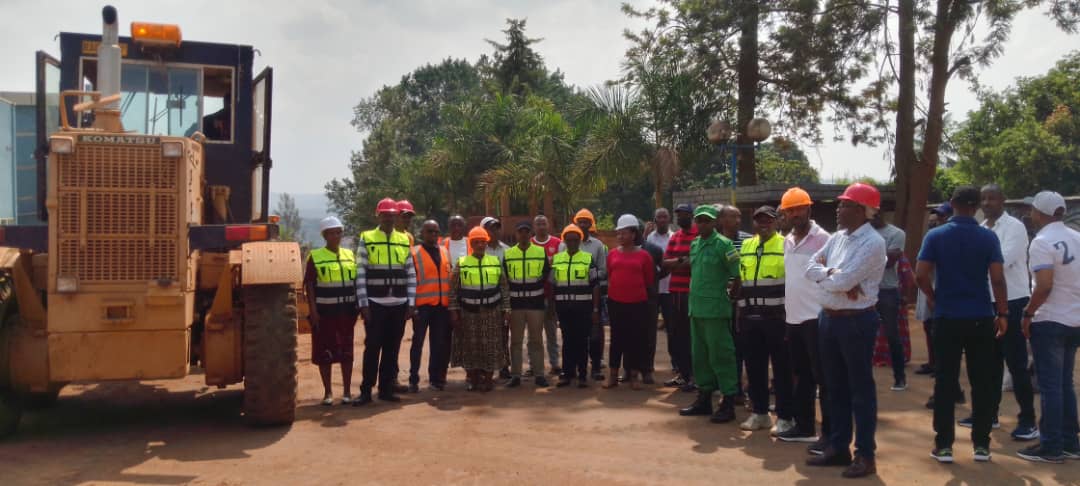
Nyarugunga community at the launch of construction activities

